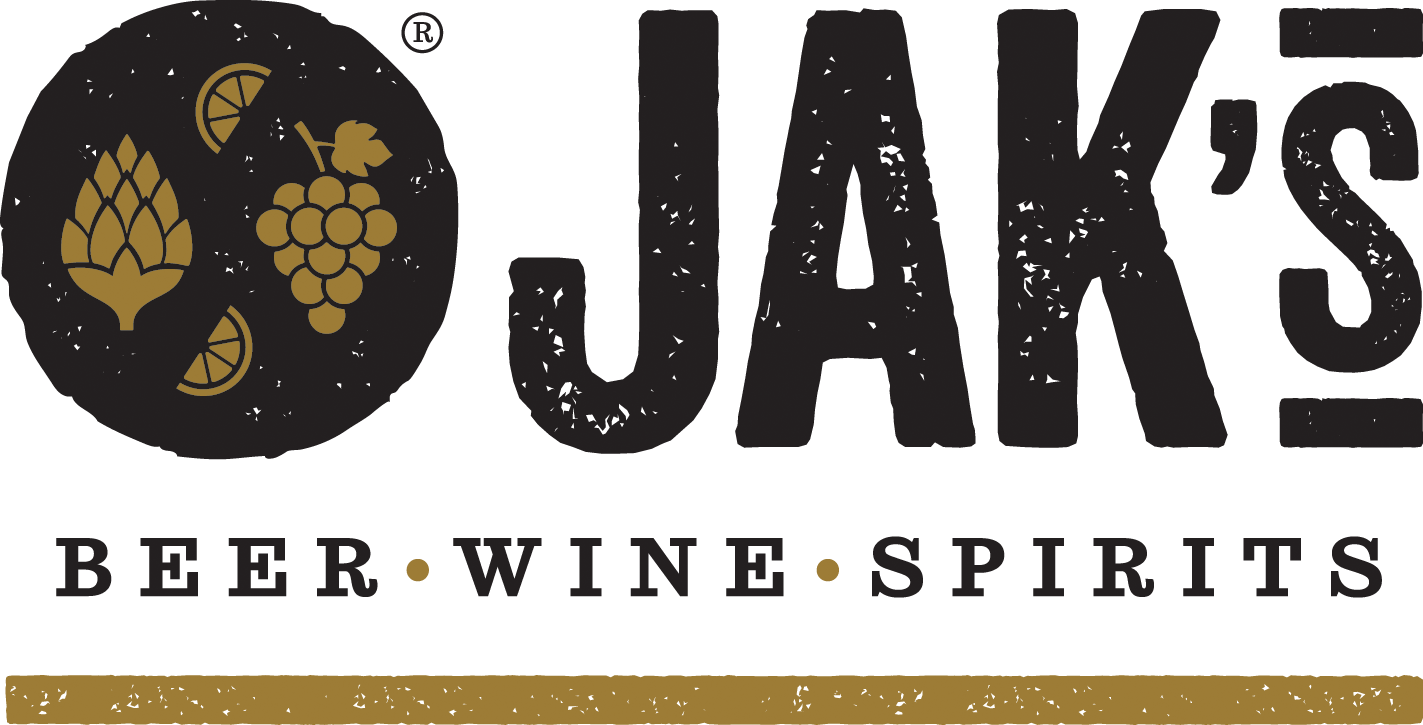It’s International Merlot Day coming up on November 07th so it’s time for us all to move past “Sideways” and embrace this noble grape. For those not familiar with the movie, check out google to see how one line from Paul Giamatti decimated Merlot sales and pumped-up Pinot Noir in the US. Amazing the impact that a little art movie had on the entire wine industry!
Merlot is one of the great wine grapes of the world and, much like any grape that is grown widely, it can be made in a variety of styles and levels of quality. It is also a grape (like Chardonnay) where many wine fans have been hurt by a particularly bad bottle and have sworn off all Merlot as a result.
Well, my friends, it’s time to give this grape another try because there are way too many styles of Merlot out there to be enjoyed. So let’s dive in!
Merlot has its traditional home in the French region of Bordeaux where it has been a part of some of the greatest wines ever created for over 300 years. Why just “a part” you ask? Well, much like our previous discussion on Cabernet Sauvignon (check that out here), Merlot grown in this part of France is almost always part of a blend. Also, like Cabernet, Merlot does its best work on a particular type of soil – in this case, clay rich soils.
Where Cabernet thrives in Bordeaux’s gravel rich Left Bank soils of the Medoc, Merlot’s main plantings are on the Right Bank of the Gironde River in communes such as Fronsac, Saint-Émilion and Pomerol. Those are the names you want to look for on the bottle label and will tell you that the wine is Merlot dominant.
These styles of Merlot are not flimsy fruit bombs…these are serious wines! Aged in oak, Merlot from Bordeaux will often be blended with Cabernet Franc (or a touch of Cabernet Sauvignon) to reinforce structure. The result is a beautifully perfumed wine with notes of black plum, black cherry, coffee, cocoa, baking spices, and a touch of vanilla. Merlot offers a rounder mouthfeel than Cabernet and its softer (but still very present) tannins mean that these wines don’t always need an extended amount of aging to be enjoyed.
Two bottles to give a go right now are Chateau La Rose Perrière 2015 from Lussac Saint-Émilion and Les Tours de Laroque 2016 from Saint-Émilion Grand Cru. La Rose Perrière offers fantastic value for a vintage as good as 2015 – it’s full bodied, a bit spicy, and has plenty of dark fruit and will drink well now but can age a bit longer. The Les Tours de Laroque is the second wine of Chateau Laroque – a producer that is ranked as Grand Cru Classé for their main house wine. What I love about this wine is the balance – it has great concentration of fruit while still maintaining an ability to age that will get give it even more elegance with time.
Of course, this Bordeaux recipe has been emulated elsewhere in the world. Famed Super Tuscan wines have used Merlot as a key blending partner for Sangiovese while just about every corner of the New World produces similar blends. It can get tricky trying to navigate these bottles just by the sheer quantity of these types that are produced.
Merlot can also be a great standalone grape for those seeking varietal purity and here I usually look to the new world. You needn’t look much farther than our own backyard with the Okanagan Valley where Echo Bay (Okanagan Falls), Poplar Grove (Naramata Bench), and Mission Hill (West Kelowna) all have current releases that are drinking beautifully. For a premium BC expression, try any of the Merlots from Checkmate where winemaker Phil McGahan has crafted exceptional wines with staggering elegance.
Elsewhere, California has displayed amazing results with Merlots although they can run a bit steep in price. Emmolo and Duckhorn (both from Napa Valley) are admittedly expensive treats, but both worthy of consideration and are very cellar worthy.
Whether it’s as a blend or a single varietal, stock up on some of these bottles for the upcoming Christmas season, Merlot also makes for a great pairing partner for wintery foods with rich sauces.
Happy sips everybody!
Chateau La Rose Perrière (Bordeaux, France)
Dominantly Merlot at 90% with just a small 10% addition of Cabernet Franc makes this smooth. silky Lussac St Emilion which is full and rounded with ripe black fruits on the palate. Soft tannins and a pleasantly oaky finish add to the satisfying mouthfeel. An ideal match for richer winter dishes and savoury cheeses.
Emmolo Merlot (Napa Valley, California)
Rich and decadent with a lush, full body. This wine has expansive dark berry flavours with nuances of wet earth and spice. The smooth, leathery tannins led structure to the plump fruit. Great for pairing for grilled meats or easy to drink on its own.
About the Author
Andrew Forsyth is a sommelier at L’abattoir Restaurant in Vancouver who also moonlights at Jak’s South Granville location. He currently holds the title of Sommelier of the Year from Wines of British Columbia and is working towards his Advanced Sommelier designation.


